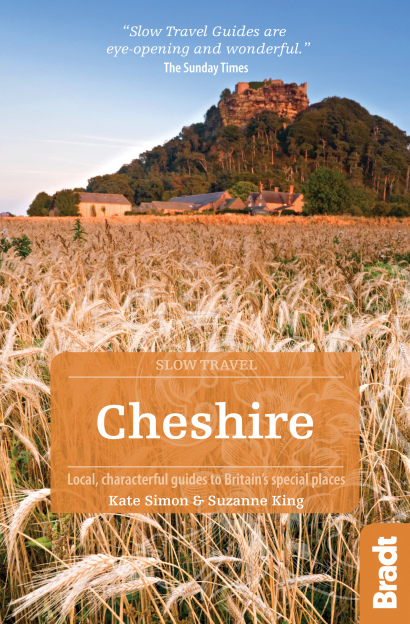The Peak District National Park is one of Britain’s most beloved tourist destinations, but most people are surprised to find that part of it lies within Cheshire.
Admittedly it is a fairly small chunk, amounting to just 34 of the total 555-square-mile park area. That said, it manages to cram plenty of scenic variety into that space, from the stately surroundings of Lyme Park to the natural beauty of Macclesfield Forest.
Lyme Park
Cheshire’s side of the Peak District is home to no fewer than seven National Trust properties, but the jewel in the crown is arguably Lyme Park: a glorious 1,400-acre estate surrounding one of the area’s grandest stately homes.
On the northernmost tip, just within the national park boundaries, this is the place to come on days when you need to blow the cobwebs away; it’s stirring stuff, striding across the parkland and soaking up the far-reaching views across hills and moors and down to the Cheshire Plain.
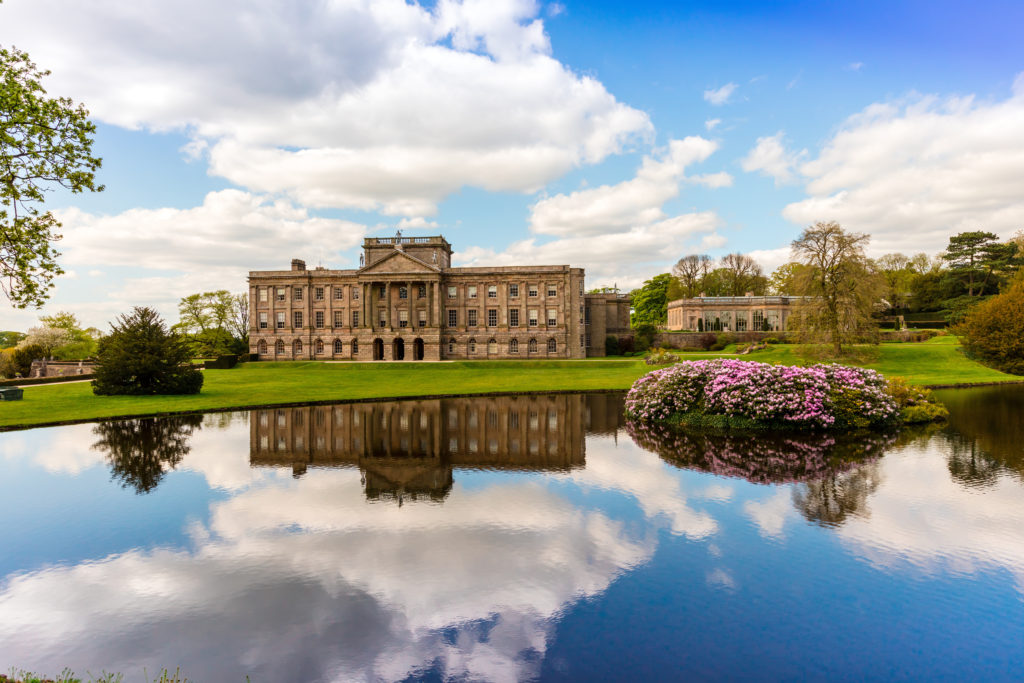
For many, that’s the main attraction – wandering free in the wide open spaces, picnicking, flying kites and looking out for the resident red deer – but it’s far from the only one. There’s the hall itself, handsome formal gardens and an adventure play area in the woods.
You can also go in search of locations seen on screen: Lyme is often used as a filming backdrop, most famously serving as Pemberley in the BBC’s 1995 adaptation of Pride and Prejudice. This is where Colin Firth as Mr Darcy took his famous dip in the lake, and the self-guided Pemberley Walk (downloadable from the website) will lead you to that and other familiar spots.
Shutlingsloe, Shining Tor and Whetstone Ridge
The three highest peaks in the Cheshire Peaks are Shining Tor (1,1834ft), to the west of the country’s parkland, Whetstone Ridge (1,795ft). further south east, and Shutlingsloe (1,660ft), to the south. They’re all modest even by English standards, but they’ll still give your legs a decent stretch, especially if you do a circle round all three on the same day.
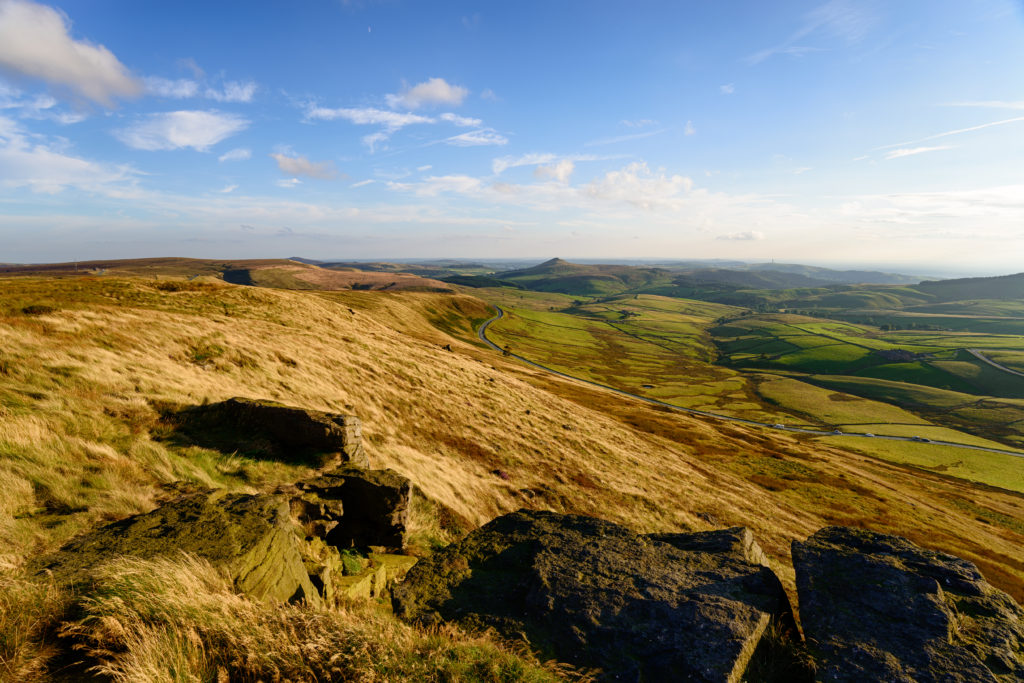
The latter has the nickname of ‘Cheshire’s Matterhorn’ – not that it’s anything like as high, at a far more modest 1,660 feet, but seen from the right angle, its distinctive triangular top bears a resemblance to its Alpine counterpart.
Wincle
Tucked away on the wooded banks of the River Dane, Wincle is an idyllic village just north of the Staffordshire border. Its possible to enjoy a spot of wild paddling in the river, but there are a couple of other attractions worth exploring too.
One is Danebridge Fisheries, where you can catch your own fish from a spring-fed lake stocked with brown, rainbow, blue and golden trout. Next door is the award-winning Wincle Beer Co, housed in a converted barn.
Started in 2008, it’s been a great success and you’ll find its cask and bottled ales stocked in many local pubs, instantly recognisable by the sepia-tinted photos on their labels and their unusual names, all with local roots. Wibbly Wallaby, for instance, is a nod to the wild wallabies that used to live in the nearby hills after being released in the 1930s from a private menagerie. You can sample the beers (as well as ale flapjacks and stout brownies) in the cosy rustic tasting room, and buy bottles to take home.
Bollington
Four miles north of Macclesfield and just outside the Peak District National Park boundary, the old mill town of Bollington stretches out along the valley floor and up the hill towards the pretty village of Kerridge.
Today’s Bollington was born during the Industrial Revolution, a collection of neighbouring hamlets gradually merging together to form a town when sheep farming gave way to cotton spinning, stone quarrying and coal mining as the main sources of employment. There’s no coal mining any more, of course, but the fawn-grey Kerridge stone is still quarried up on Kerridge Ridge and a few of the old cotton mills remain. Rather handsome beasts they are, too, now that they’ve been suitably spruced up and repurposed.
Bookending the canal to the south and north of town are the Adelphi Mill, home to dozens of small businesses, and Clarence Mill, converted into
apartments, offices and the local radio station. The latter also houses
the Discovery Centre, where you can learn all about the history of the town and the people who manned the mills.
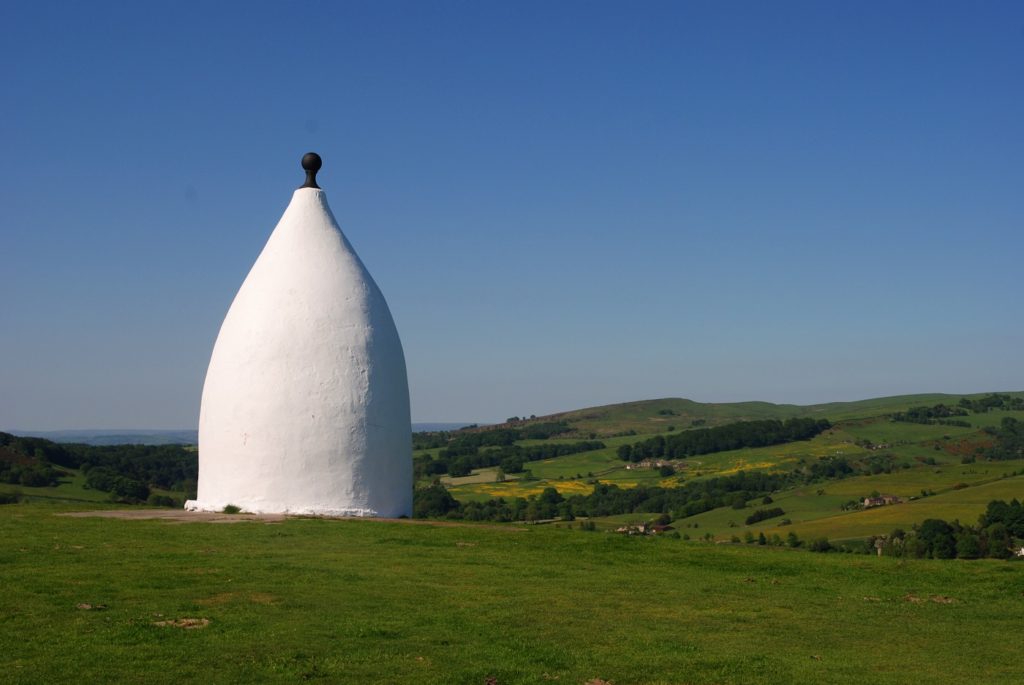
Bollington became Cheshire’s first ‘Walkers Are Welcome’ town in 2013 –
entirely fitting for a town that’s surrounded by good rambling country. One of the most popular routes is to White Nancy, a conical stone monument on Kerridge Hill built by the Gaskell family in 1817 to commemorate the British victory at the Battle of Waterloo a couple of years earlier. The landmark serves as a symbol of Bollington, its likeness featuring on everything from the town council website to keyrings, mugs and other items for sale at the Love Bollington Market.
Disley
The other of Cheshire’s two ‘Walkers Are Welcome’ towns, Disley lies just outside the northern tip of the national park. It’s a great starting point for a number of the lovely routes through the Cheshire Peaks, including the hilly way south along the Gritstone Trail, or the North Cheshire Way, which heads west to Adlington.
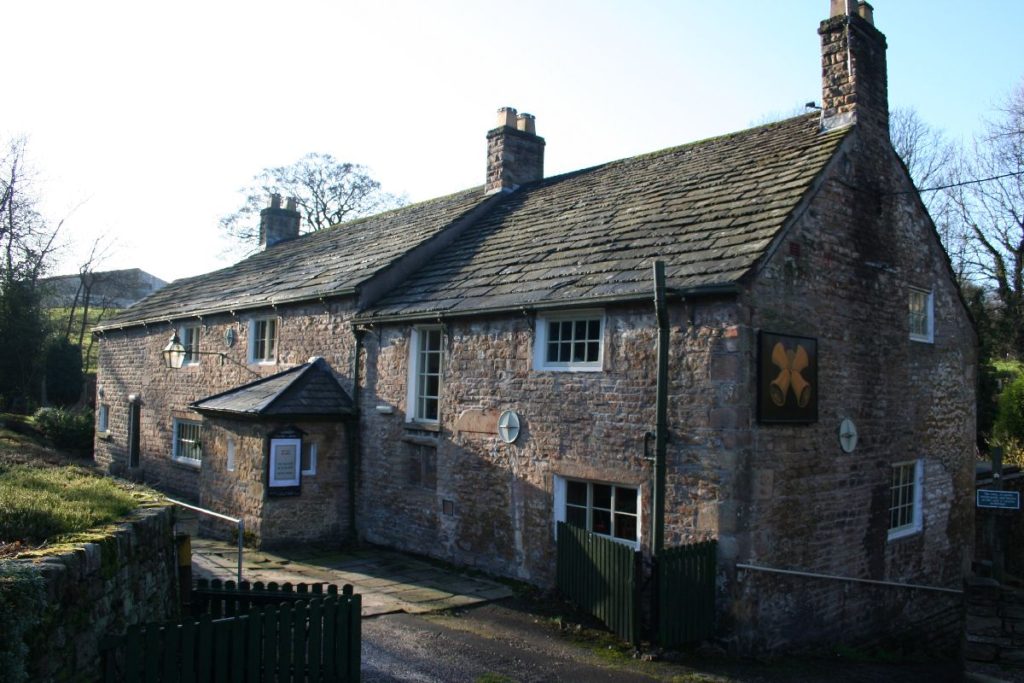
It’s easy to see why people choose to live here, with its handsome buildings, beautiful countryside all around, and the Peak Forest Canal and River Goyt running through the valley below.
At the central crossroads, there’s a chunky 19th-century fountain, a war memorial and a large coaching inn, the Ram’s Head, with a mounting block by the door and a carved ram’s head (the crest of the Legh family) above the porch. The bicycle sculpture on the green in front of the pub is a tribute to cyclists Dame Sarah Storey and her husband Barney, Disley residents who’ve won 14 Paralympic gold medals between them.
Take the road to the left of the pub and it leads you up, past the castellated old schoolhouse, to the village church of St Mary the Virgin, hidden away behind a screen of mature trees. There’s some good stained glass inside, including 16th-century windows from a Bavarian abbey, and if you walk through the churchyard to the other side you’ll find a little memorial garden and a spring where the annual well dressing is held. Beyond that, walking half a mile along Red Lane brings you to a side entrance to Lyme Park.
Macclesfield Forest
Less than five miles from central Macclesfield lies Macclesfield Forest, flanked by Tegg’s Nose to the northwest and Shutlingsloe to the southeast, and criss-crossed with paths and trails for walkers, riders and cyclists.
From the ranger centre at Trentabank car park there are colour-coded routes that wind, with varying degrees of difficulty, through forest and across moorland. Follow the easy green path (just over half a mile long) and it leads you through a small wooded area to the reservoir’s edge,
where, in early spring, you have a great view of the action in the heronry on the far side. Twenty-plus pairs of birds nest and rear their young here each year, and a noisy lot they are, too, with loud clacking calls carrying
across the water – yet surprisingly graceful as they come in to land high in the trees or down by the water’s edge.
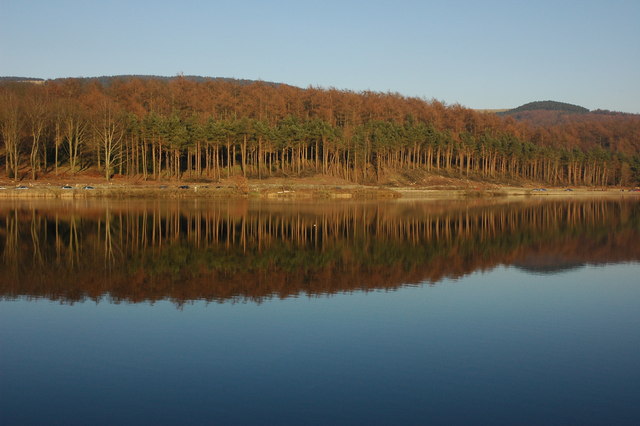
The longest of the waymarked trails is the red route, which takes you on an up-and-down circle around the forest, passing the tiny church of St Stephen along the way. Better known as Forest Chapel, it’s famous both for its isolated hilltop setting, with just a couple of cottages to keep it company, and for the traditional rush-bearing ceremony still held here every August.
Pott Shrigley
Just north of Bollington, three valleys meet at this pretty little hamlet, where a handful of attractive stone cottages cluster round a church, a school and a cricket pitch with a view.
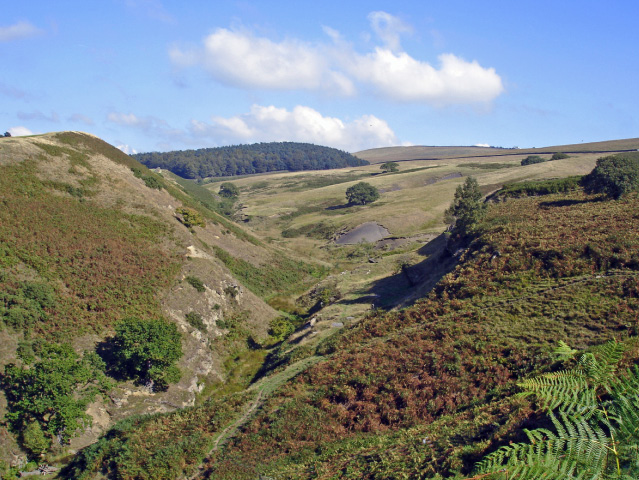
It’s sleepy and scenic – but nearly 200 years ago it was in the limelight, as Georgian England was gripped by the unfolding drama of a scandal that made national headlines: the Shrigley Abduction.
In 1826, Ellen Turner, 15-year-old heiress of Shrigley Hall, was abducted from school by 30-year-old Edward Gibbon Wakefield, who duped the wealthy girl into marrying him. Ellen was rescued, the marriage annulled, and Wakefield and his accomplices imprisoned.
After his release, he went on to become a major force in the colonisation of New Zealand, eventually dying there at the ripe old age of 66. Ellen didn’t fare so well: at the age of 17 she was married again, to Thomas Legh of Lyme Hall, and died in childbirth two years later.
More information
Discover more of Cheshire‘s attractions with our dedicated guide.
